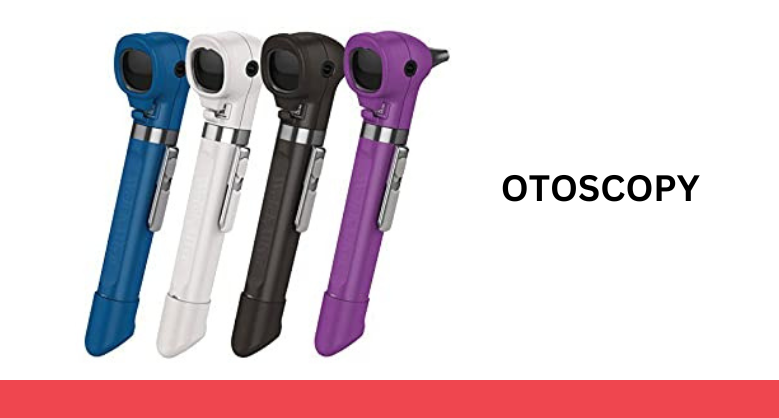By: medekomadmin
OTOSCOPY
February 21, 2023

Otoscopy is a clinical procedure that is used to examine the inner structure of the ear which consists of the ear canal and tympanic membrane or ear drum. It is generally performed to identify any ear-related problems like hearing and balancing issues. This procedure is done with a specialized tool called an otoscope or auriscope which emits light to visualize ear conditions.
An otoscope is composed of three parts –
- Head-Upper most parts that contain a light source and a low-magnifying lens.
- Handle- Provide grip to the device and have a power source of light.
- Cone-It is the extended part which will be inserted into the ear canal for the examination.
- Otitis media- Inflammation in the middle ear due to bacterial infection.
- Otitis externa- Inflammation in the outer part of the ear i.e., the ear canal became swollen and causes pain which can lead to a decrease in hearing ability.
- Ear eczema-Condition of constant itchiness inside the ear which can lead to inflammation.
- Discomfort during the procedure because of cone insertion into the ear canal.
- It may tear or perforate the eardrum to relieve pressure and pain.
- After completion of the procedure, some may feel dizziness, imbalance, nausea etc.